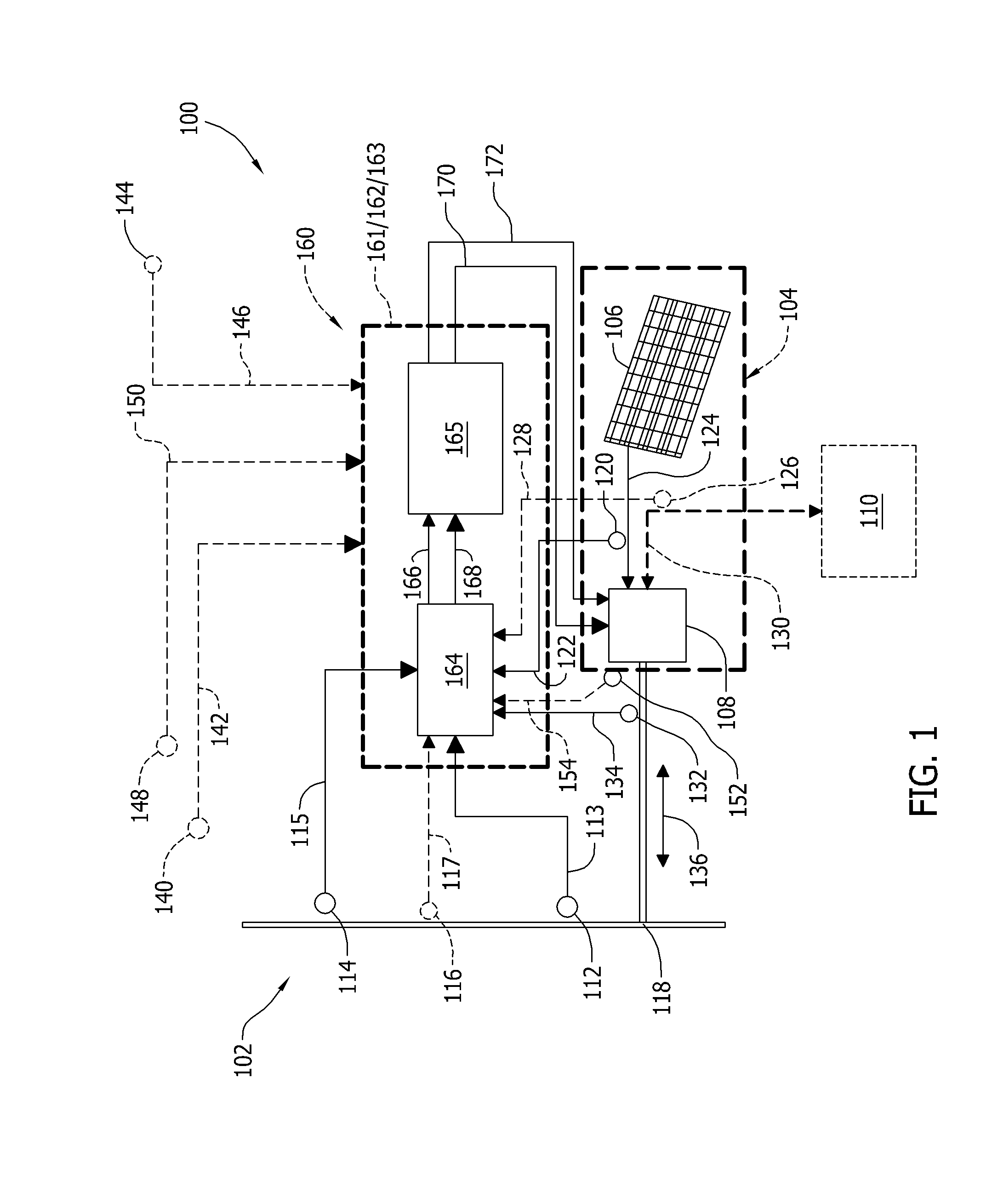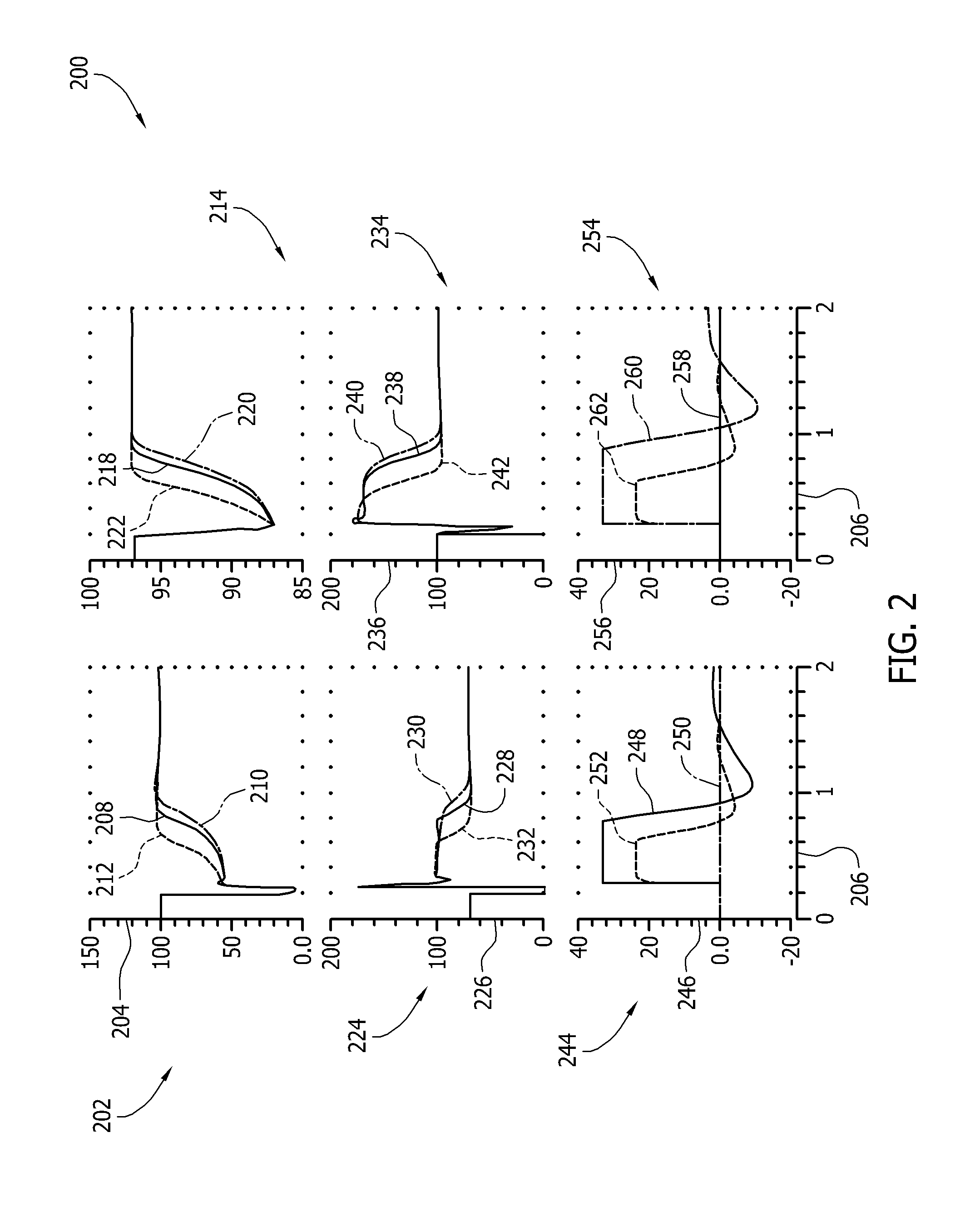Method and apparatus for control of fault-induced delayed voltage recovery (FIDVR) with photovoltaic and other inverter-based devices
a technology of photovoltaic and inverter, which is applied in the direction of emergency power supply arrangements, magnets, magnetic bodies, etc., can solve the problems of significant load loss, significant voltage loss, and significant voltage loss of a region of the t&d system for several seconds after the faul
- Summary
- Abstract
- Description
- Claims
- Application Information
AI Technical Summary
Benefits of technology
Problems solved by technology
Method used
Image
Examples
Embodiment Construction
[0015]The embodiments described herein provide an electric power grid support system. An inverter-based fault-induced delayed voltage recovery (FIDVR) system is implemented in the hardware and software of the electric power grid support system to reduce an extent and duration of voltage dips on the electric power grid to facilitate early avoidance of, and recovery from, FIDVR events. The embodiments described herein use a photovoltaic (PV) device, such as a roof-top residential solar panel, physically located in close vicinity to air-conditioning (A / C) compressor-drive induction motors. In one embodiment, the grid support system uses inputs that include grid frequency and grid voltage to determine an optimum amount of real current and reactive current to inject into the grid to provide sufficient torque on stalled induction rotors to facilitate release from a locked-rotor, or stalled condition, including induction motors approaching stall conditions. In another embodiment, the grid ...
PUM
| Property | Measurement | Unit |
|---|---|---|
| frequencies | aaaaa | aaaaa |
| frequencies | aaaaa | aaaaa |
| frequency | aaaaa | aaaaa |
Abstract
Description
Claims
Application Information
 Login to View More
Login to View More - R&D
- Intellectual Property
- Life Sciences
- Materials
- Tech Scout
- Unparalleled Data Quality
- Higher Quality Content
- 60% Fewer Hallucinations
Browse by: Latest US Patents, China's latest patents, Technical Efficacy Thesaurus, Application Domain, Technology Topic, Popular Technical Reports.
© 2025 PatSnap. All rights reserved.Legal|Privacy policy|Modern Slavery Act Transparency Statement|Sitemap|About US| Contact US: help@patsnap.com



